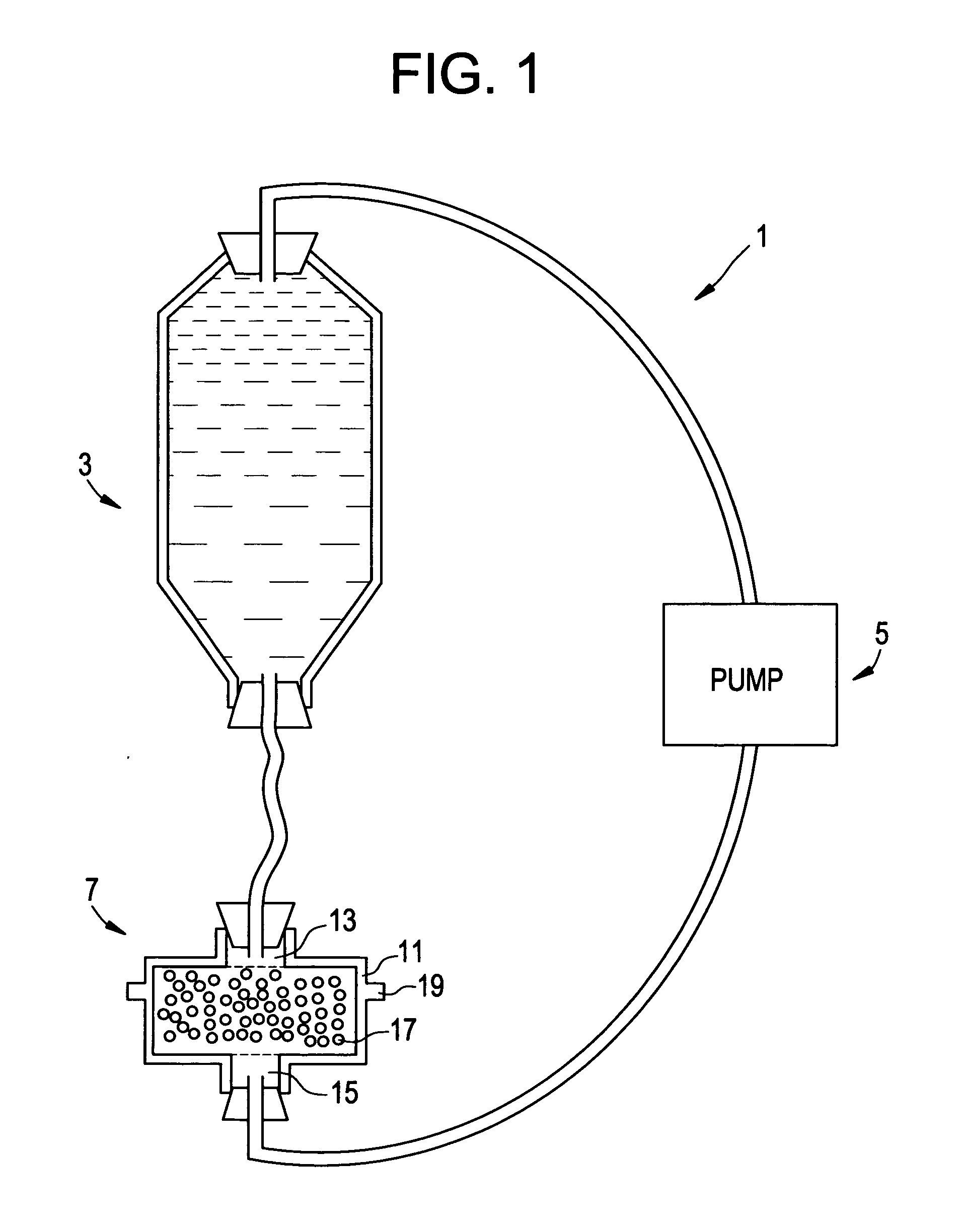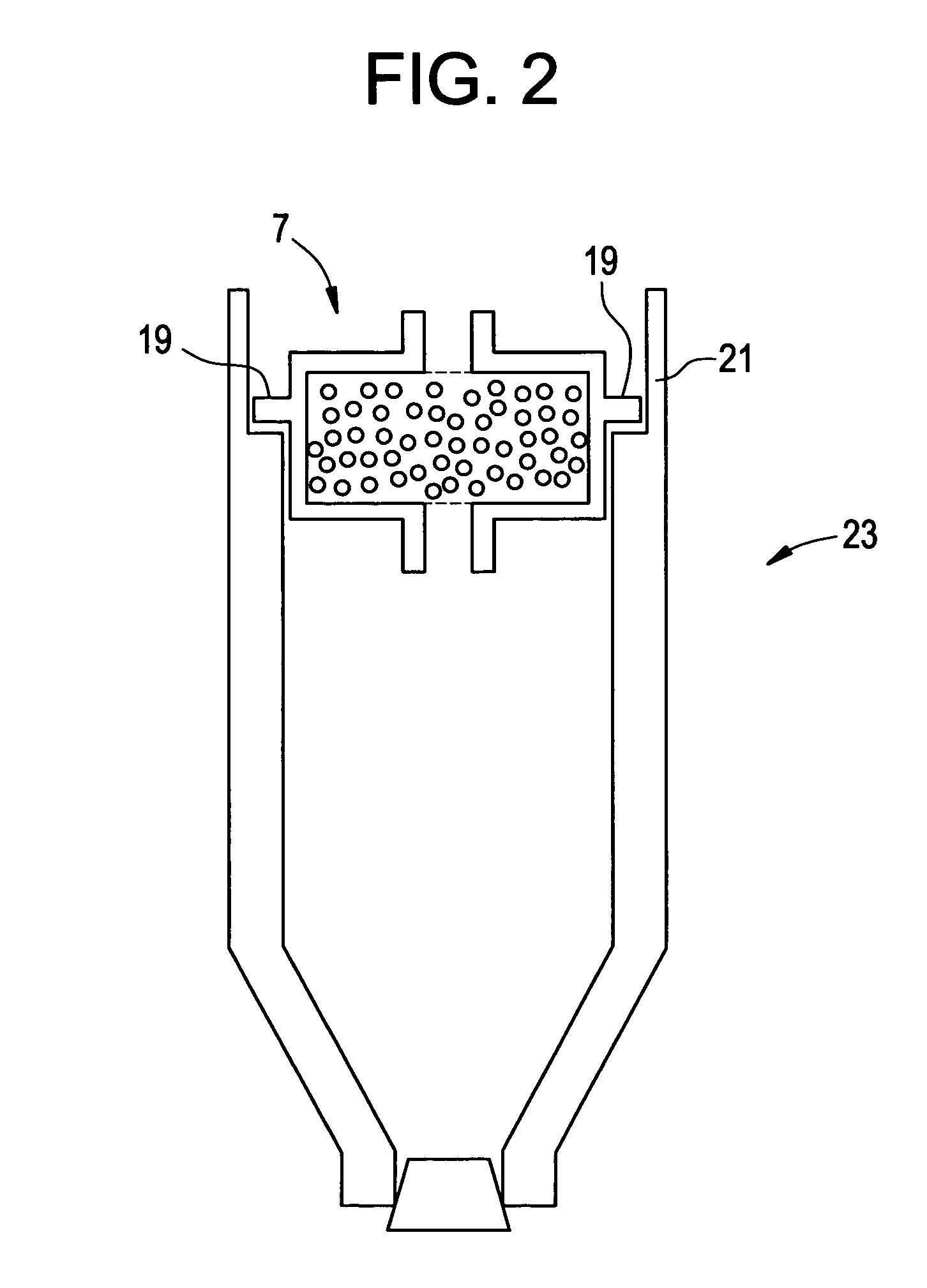Intradiscal anti-inflammatory therapy involving autologous adiponectin
a technology of autologous adiponectin and intradiscal adiponectin, which is applied in the direction of prosthesis, peptide/protein ingredients, unknown materials, etc., can solve the problems of nerve irritation and pain, retard the flow of nutrients into the disc as well as the flow of waste products out of the disc, and the cell within the nucleus pulposus to emit toxic amounts of cytokines and mmps, etc., to achieve the effect of suppress
- Summary
- Abstract
- Description
- Claims
- Application Information
AI Technical Summary
Benefits of technology
Problems solved by technology
Method used
Image
Examples
example i
[0134] This prophetic example describes a typical method of the present invention.
[0135] First, about 20 cc of blood 203 is taken from the patient. Now referring to FIG. 7, the blood is placed in a centrifugation container 201 adapted for centrifugation and having a side wall 202.
[0136] Now referring to FIG. 8, the blood 203 is centrifuged by a conventional method to produce centrifuged blood fractions including red blood cells 211, platelets 213, buffy coat 215 and platelet poor plasma 217.
[0137] Now referring to FIG. 9, a syringe 221 having a barrel 223 and a needle 225 is provided. The centrifugation container has a plurality of side ports 220 having puncturable gaskets 222 therein. The clinician inserts the distal end 227 of the needle through a gasket.
[0138] Now referring to FIG. 10, the clinician pulls back upon the plunger 229. The vacuum created by withdrawl of the plunger causes the APN-containing fluid to enter the barrel 223 of the syringe 221. Molecular sieve beads c...
PUM
| Property | Measurement | Unit |
|---|---|---|
| Concentration | aaaaa | aaaaa |
| Concentration | aaaaa | aaaaa |
| Radius | aaaaa | aaaaa |
Abstract
Description
Claims
Application Information
 Login to View More
Login to View More - R&D
- Intellectual Property
- Life Sciences
- Materials
- Tech Scout
- Unparalleled Data Quality
- Higher Quality Content
- 60% Fewer Hallucinations
Browse by: Latest US Patents, China's latest patents, Technical Efficacy Thesaurus, Application Domain, Technology Topic, Popular Technical Reports.
© 2025 PatSnap. All rights reserved.Legal|Privacy policy|Modern Slavery Act Transparency Statement|Sitemap|About US| Contact US: help@patsnap.com



